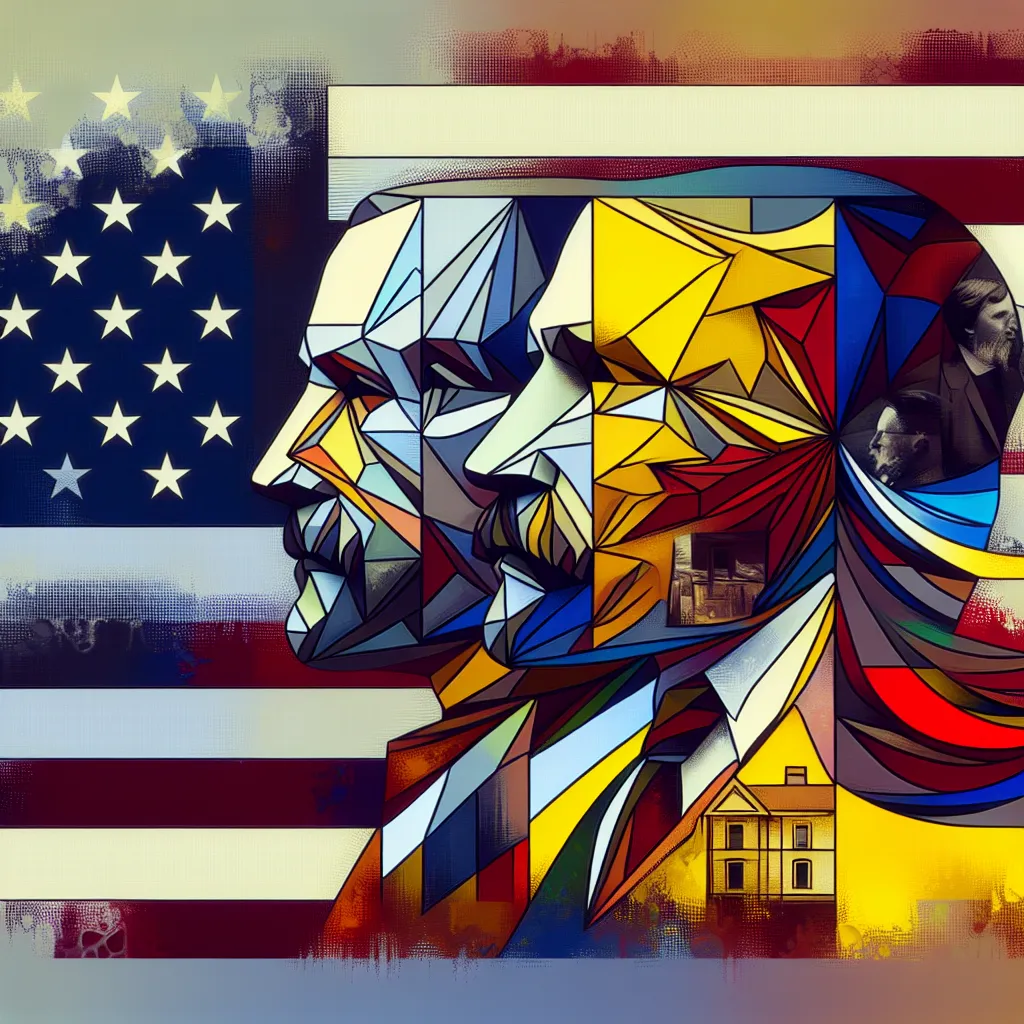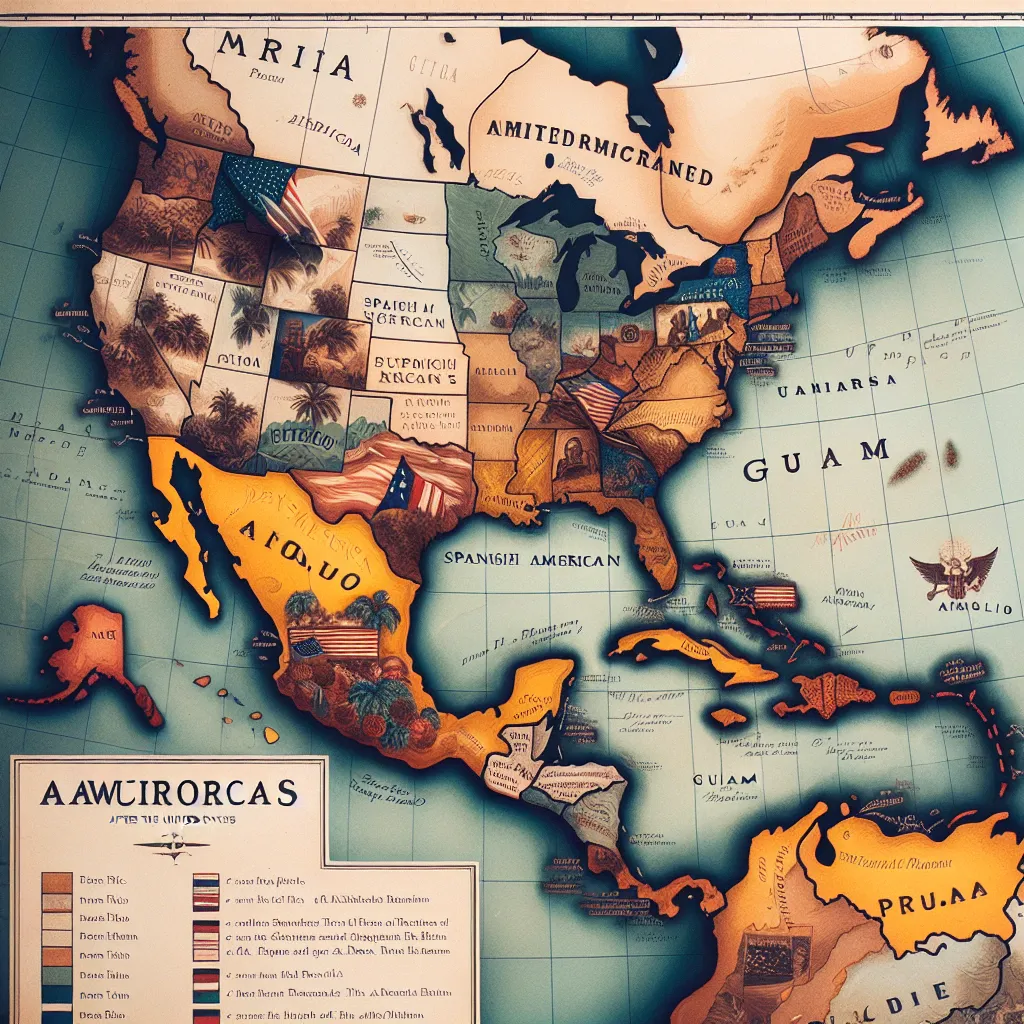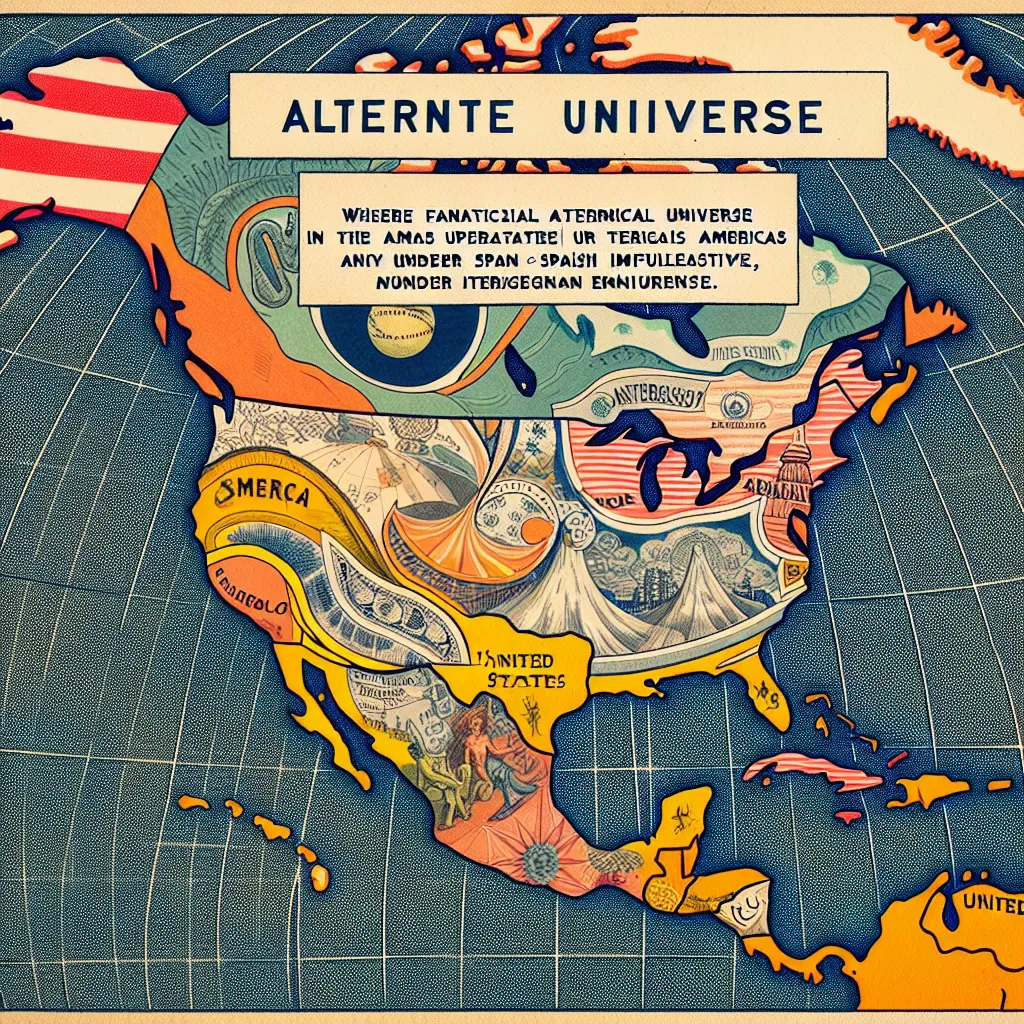Ask AI on The Internet
Question: Create a journal article with a 4- paragraph and 5 sentences each about this: Background edit See also: History of the Philippines (900–1565) § Spanish explorations (1521–1565) The Spaniards had been exploring the Philippines since the early 16th century. Ferdinand Magellan, a Portuguese navigator in charge of a Spanish expedition to circumnavigate the globe, was killed by warriors of datu Lapulapu at the Battle of Mactan. In 1543, Ruy López de Villalobos arrived at the islands of Leyte and Samar and named them Las Islas Filipinas in honor of Philip II of Spain, at the time Prince of Asturias.[3] Philip became King of Spain on January 16, 1556, when his father, Charles I of Spain (who also reigned as Charles V, Holy Roman Emperor), abdicated the Spanish throne. Philip was in Brussels at the time and his return to Spain was delayed until 1559 because of European politics and wars in northern Europe. Shortly after his return to Spain, Philip ordered an expedition mounted to the Spice Islands, stating that its purpose was "to discover the islands of the west".[4] In reality its task was to conquer the Philippines for Spain.[5] The population of Luzon and the Visayas at the time of the first Spanish missions is estimated as between 1 and 1.5 million, overall density being low. Philip II, whose name has remained attached to the islands, ordered and oversaw the conquest and colonization of the Philippines. On November 19 or 20, 1564, a Spanish expedition of a mere 500 men led by Miguel López de Legazpi departed Barra de Navidad (modern Mexican state of Jalisco) in the Viceroyalty of New Spain, arriving off Cebu on February 13, 1565, conquering it despite Cebuano opposition.[7]: 77 [8][9]: 20–23 More than 15,000 soldiers arrived from New Spain as new migrants during the 17th century, far outnumbering civilian arrivals. Most of these soldiers were criminals and young boys rather than men of character.[a][10] Hardship for the colonizing soldiers contributed to looting and enslavement, despite the entreaties of representatives of the church who accompanied them. In 1568, the Spanish Crown permitted the establishment of the encomienda system that it was abolishing in the New World, effectively legalizing a more oppressive conquest. Although slavery had been abolished in the Spanish Empire, it took around a century for it to be fully abolished in the Philippines due to the pre-colonial alipin system of slavery already existing in the islands.[11][12] Due to conflict with the Portuguese, who blockaded Cebu in 1568, and persistent supply shortages,[13] in 1569 Legazpi transferred to Panay and founded a second settlement on the bank of the Panay River. In 1570, Legazpi sent his grandson, Juan de Salcedo, who had arrived from Mexico in 1567, to Mindoro to punish the Muslim Moro pirates who had been plundering Panay villages. Salcedo also destroyed forts on the islands of Ilin and Lubang, respectively south and northwest of Mindoro.[7]: 79 In 1570, Martín de Goiti, having been dispatched by Legazpi to Luzon, conquered Maynila. Legazpi followed with a larger fleet comprising both Spanish and a majority Visayan force,[7]: 79-80 taking a month to bring these forces to bear due to slow speed of local ships.[14] This large force caused the surrender of neighboring Tondo. An attempt by some local leaders, known as the Tondo Conspiracy, to defeat the Spanish was repelled. Legazpi renamed Maynila Nueva Castilla, and declared it the capital of the Philippines,[7]: 80 and thus of the rest of the Spanish East Indies,[15] which also encompassed Spanish territories in Asia and the Pacific.[16][17] Legazpi became the country's first governor-general. Though the fledgling Legazpi-led administration was initially small and vulnerable to elimination by Portuguese and Chinese invaders, the merging of the Spanish and Portuguese crowns under the Iberian Union of 1580-1640 helped make permanent the mutual recognition of Spanish claim to the Philippines as well as Portugal's claim to the Spice Islands (Moluccas).[18] In 1573, Japan expanded its trade in northern Luzon.[19][failed verification] In 1580, the Japanese lord Tay Fusa established the independent wokou Tay Fusa state in non-colonial Cagayan.[20] When the Spanish arrived in the area, they subjugated the settlement, resulting in the 1582 Cagayan battles.[21] With time, Cebu's importance fell as power shifted north to Luzon.[citation needed]In the late 16th century the population of Manila grew even as the population of Spanish settlements in the Visayas decreased.[22] In time, the Spanish successfully took over the different local states one by one.[23] Under Spanish rule, disparate barangays were deliberately consolidated into towns, where Catholic missionaries were more easily able to convert the inhabitants to Christianity.[24][25] The missionaries converted most of the lowland inhabitants to Christianity.[26] They also founded schools, a university, hospitals, and churches.[27] To defend their settlements, the Spaniards constructed and manned a network of military fortresses across the archipelago.[28] Slavery was also abolished. As a result of these policies the Philippine population increased exponentially.[29][better source needed][30] Spanish rule brought most of what is now the Philippines into a single unified administration.[31][32] From 1565 to 1821, the Philippines was governed as part of the Mexico-based Viceroyalty of New Spain, later administered from Madrid following the Mexican War of Independence.[33] Administration of the Philippine islands were considered a drain on the economy of New Spain,[34] and there were debates about abandoning it or trading it for some other territory. However, this was opposed for a number of reasons, including economic potential, security, and the desire to continue religious conversion in the islands and the surrounding region.[35][36] The Philippines survived on an annual subsidy provided by the Spanish Crown in Mexico City.[34] which averaged 250,000 pesos[37] and was usually paid through the provision of 75 tons of silver bullion being sent from Spanish America on the Manila galleons.[38] Financial constraints meant the 200-year-old fortifications in Manila did not see significant change after being first built by the early Spanish colonizers.[39] Some Japanese ships visited the Philippines in the 1570s in order to export Japanese silver and import Philippine gold. Later, increasing imports of silver from New World sources resulted in Japanese exports to the Philippines shifting from silver to consumer goods. In the 1570s, the Spanish traders were troubled to some extent by Japanese pirates, but peaceful trading relations were established between the Philippines and Japan by 1590.[40] Japan's kampaku (regent) Toyotomi Hideyoshi, demanded unsuccessfully on several occasions that the Philippines submit to Japan's suzerainty.[41] On February 8, 1597, Philip II, near the end of his 42-year reign, issued a Royal Cedula instructing Francisco de Tello de Guzmán, then Governor-General of the Philippines to fulfill the laws of tributes and to provide for restitution of ill-gotten taxes taken from indigenous Filipinos. The decree was published in Manila on August 5, 1598. King Philip died on September 13, just forty days after the publication of the decree, but his death was not known in the Philippines until middle of 1599, by which time a referendum by which indigenous Filipinos would acknowledge Spanish rule was underway. With the completion of the Philippine referendum of 1599, Spain could be said to have established legitimate sovereignty over the Philippines.[42] During the initial period of colonialization, Manila was settled by 1,200 Spanish families.[43] In Cebu City, at the Visayas, the settlement received a total of 2,100 soldier-settlers from New Spain, beginning Mexican settlement in the Philippines.[44] Spanish forces included soldiers from elsewhere in New Spain.[45][46][47][48][49][50] However, according to genetic studies, the Philippines remained largely unaffected by admixture with Europeans.[51] Latin Americans outnumbered Europeans, the Spanish in general, and the majority of Filipinos are native Austronesians.[52] Spain maintained in towns and cities.[53] At the immediate south of Manila, Mexicans were present at Ermita[54] and at Cavite,[55] where they were stationed as sentries. In addition, men conscripted from Peru, were also sent to settle Zamboanga City in Mindanao, to wage war upon Muslim defenders.[56] There were also communities of Spanish-Mestizos that developed in Iloilo,[57] Negros,[58] and Vigan.[59] Interactions between indigenous Filipinos and immigrant Spaniards along with Latin Americans eventually caused the formation of a new language, Chavacano, a creole of Mexican Spanish. They depended on the galleon trade for a living. In the later years of the 18th century, Governor-General José Basco introduced economic reforms that gave the colony its first significant internal source income from the production of tobacco and other agricultural exports. In this later period, agriculture was finally opened to the European population, which before was reserved only for indigenous Filipinos. During its rule, Spain quelled various indigenous revolts,[60] as well as defending against external military challenges.[34][61][failed verification] The Spanish considered their war with the Muslims in Southeast Asia an extension of the Reconquista.[62] War against the Dutch from the west, in the 17th century, together with conflict with the Muslims in the south nearly bankrupted the colonial treasury.[63] Moros from western Mindanao and the Sulu Archipelago also raided the coastal Christian areas of Luzon and the Visayas. Settlers had to fight off the Chinese pirates (who lay siege to Manila, the most famous of which was Limahong in 1573).
The history of the Philippines is significantly influenced by the Spanish expeditions and conquests during the early 16th century. The first key encounter between the Spaniards and Filipinos was in 1521, when Portuguese navigator Ferdinand Magellan, leading a Spanish expedition, was slain by Datu Lapulapu’s warriors during the Battle of Mactan. This event marked the increasing Spanish interest in the archipelago. Following Magellan's unfortunate voyage, explorer Ruy López de Villalobos landed on Leyte and Samar islands in 1543, christening them Las Islas Filipinas in honor of Philip II of Spain. Several years later, the Spanish king sanctioned an expedition to the Spice Islands, intending to expedite the conquest of the Philippines for Spain. By this time, approximately 1 to 1.5 million Filipinos resided in Luzon and the Visayas. The colonization and conquest of the Philippines were orchestrated by Philip II, whose name the country still bears. Led by Miguel López de Legazpi in November 1564, a Spanish expedition of just 500 men departed from Barra de Navidad, setting foot in Cebu by February 1565. This led to the conquering of Cebu, and numerous soldiers from New Spain followed suit, greatly surpassing incoming civilian arrivals. However, this colonization drive was not without its drawbacks. The colonizing soldiers often resorted to looting and enslavement, and the Spanish Crown eventually sanctioned the oppressive encomienda system in 1568. Even after the banning of slavery within the larger Spanish Empire, it persisted for roughly a century in the Philippines due to the pre-existing alipin system on the islands. The seat of power in the Philippines soon shifted from Cebu to Luzon following a conflict with the Portuguese who blockaded Cebu, in conjunction with supply shortages that triggered a relocation. In 1570, Juan de Salcedo, Legazpi’s grandson, was tasked with controlling Muslim Moro pirates in Mindoro who had been looting villages in Panay. Around the same period, Martín de Goiti conquered Maynila, which Legazpi later followed up by amassing a larger force and leading to the surrender of neighboring Tondo. Renaming Maynila as Nueva Castilla, Legazpi installed it as the Philippine capital and became the country's inaugural governor-general. Under Spanish rule, several significant developments shaped the Philippines. The Spanish administration survived invasions and threats from Portuguese and Chinese forces, partially owing to the Spanish and Portuguese crowns' merger under the Iberian Union of 1580-1640. This era saw significant population growth in Manila as settlements in the Visayas decreased. Taking over the local states one by one, the Spanish successfully established a unified administration, transforming barangays into towns for more efficient conversion of locals to Christianity. Measures like the abolition of slavery, institution of schools, hospitals, and churches, along with the construction of military fortresses, affected the population dynamics, leading to rapid growth. The Philippines remained under the administration of the Viceroyalty of New Spain until 1821, surviving based on an annual subsidy by Spanish Crown. In conclusion, critical incidents during the 16th century underlined the Spanish's significant role in shaping the Philippines. From the initial expeditions sparked by Magellan's voyage to the consolidation of power under Philip II, the Spanish era proved a crucial turning point for the archipelago. The period marked the introduction of pivotal administrative, religious, and social transformations, which significantly influenced the Philippines' demography, politics, society, economy, and, most importantly, its identity in the world. Despite escalating conflicts and the enduring struggles, the Spanish period left an enduring impact on the country's course, leaving a complex lineage that continues to influence the Philippine landscape today.
A new large language model has been made available since this question was asked.
To generate an updated answer from the new model, click the button below.
Think your answer is better than the AI's? Post it below.
Other Most Relevant Posts:
 Journal Article Title: Spanish Colonization of the Philippines (1565-1821): A Comprehensive Historical Analysis
Paragraph 1: The Spanish exploration and conquest of the Philippines began in the early
Journal Article Title: Spanish Colonization of the Philippines (1565-1821): A Comprehensive Historical Analysis
Paragraph 1: The Spanish exploration and conquest of the Philippines began in the early
 Ask AI: Philippine literature started with traditional folktales and legends made by the ancient Filipinos before Spanish colonization.
Ask AI: Philippine literature started with traditional folktales and legends made by the ancient Filipinos before Spanish colonization.
Question Tags
If you want your question answered by an AI, click here.





Post your own comment: